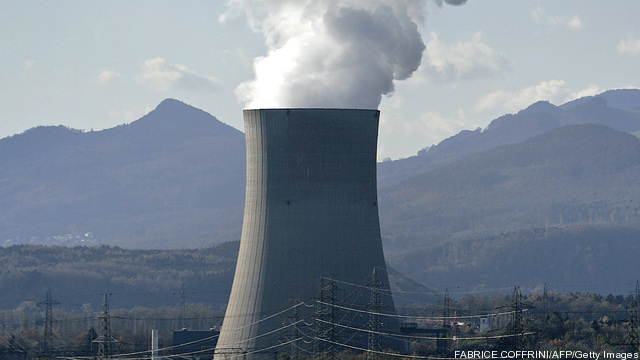The Senate is schedule to finish its work on the minibus appropriations bill
Army Corps of Engineers
Sign up and get Breaking Energy news in your inbox.
We will never sell or share your information without your consent. See our privacy policy.
 US President Barack Obama (L) and Senate Majority Leader Harry Reid (R) tour Photovoltaic Array at Nellis Air Force Base in Las Vegas, Nevada, May 27, 2009 with Base Commander Colonel Howard Belote.
US President Barack Obama (L) and Senate Majority Leader Harry Reid (R) tour Photovoltaic Array at Nellis Air Force Base in Las Vegas, Nevada, May 27, 2009 with Base Commander Colonel Howard Belote.
The US military services want to derive 3 gigawatts of electric capacity from renewables by 2025, but they don’t have the budget to pay to build it. Keep reading →

Hydropower supplied 8% of US electricity in 2011, and 62.5% of renewable electricity, according to federal statistics, and hydro advocates say it could provide twice as much if upgrades were made to aging power plants and new technology utilized in rivers and tidal estuaries.
But with the continuing depressed price of natural gas and looming expiration of hydro’s clean energy tax credits, prospects for taking better advantage of US water power are shrinking, financial experts told the National Hydropower Association conference in Washington DC this week. Keep reading →

Virginia may become the first state to actually have an operating offshore wind farm in the water. While approval from the U.S. Coast Guard and Army Corps of Engineers is yet to be given, the state could have a 479-foot tall in the water and under test about three miles off Cape Charles on the state’s eastern shore by late next year.
In February, the Interior Department said environmental reviews for wind energy areas off the coasts of Delaware, Maryland, New Jersey and Virginia did not foresee any “significant environmental impacts” from offshore wind farms. Keep reading →

No one ever said training for battle was easy, nor energy-efficient. The “Battle Lab” is a U.S. military facility in New Jersey where more than 20,000 soldiers prepare and train for battle. The lab includes shooting ranges, vehicle rollover trainers and other high-tech simulators. But those high-tech tools suck up millions of kilowatts of power.
Now, more than a quarter of the training facility’s power is being provided by renewable energy sources. The Army Corps of Engineers along with the help of contractor P & S Construction helped complete a solar power project onsite at Joint Base McGuire-Dix-Lakehurst. Photovoltaic solar panels were mounted to the roof of the Battle Lab, covering approximately 71,000 square feet. Keep reading →


